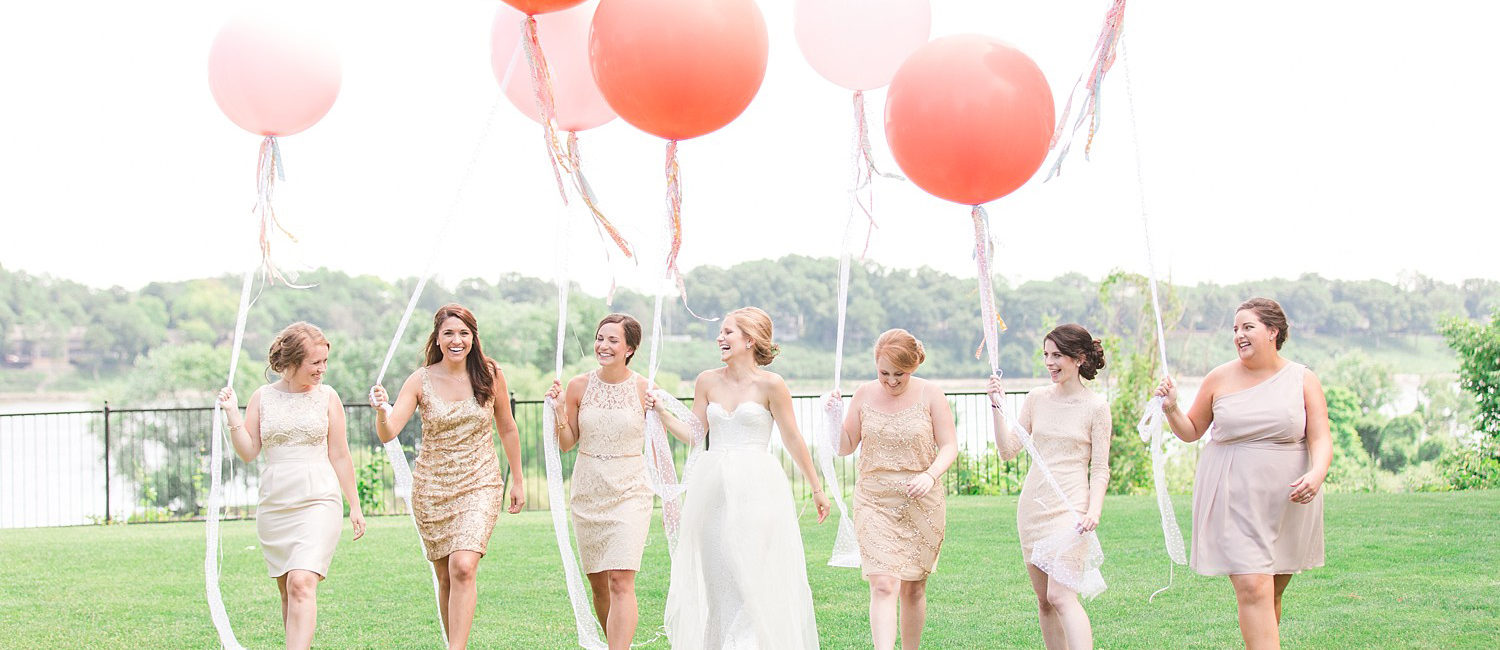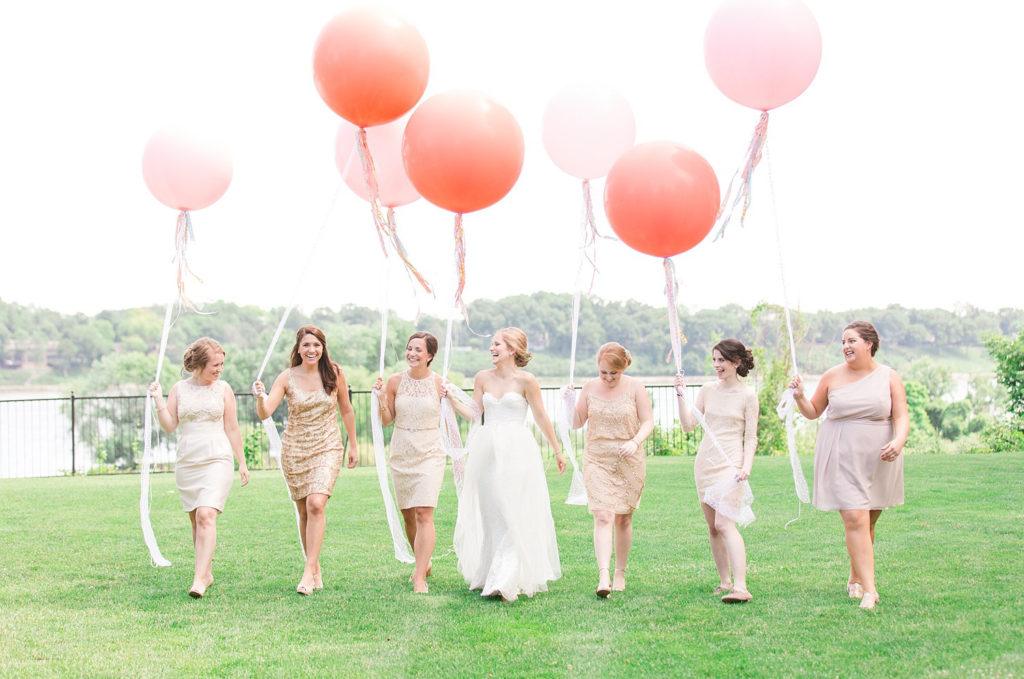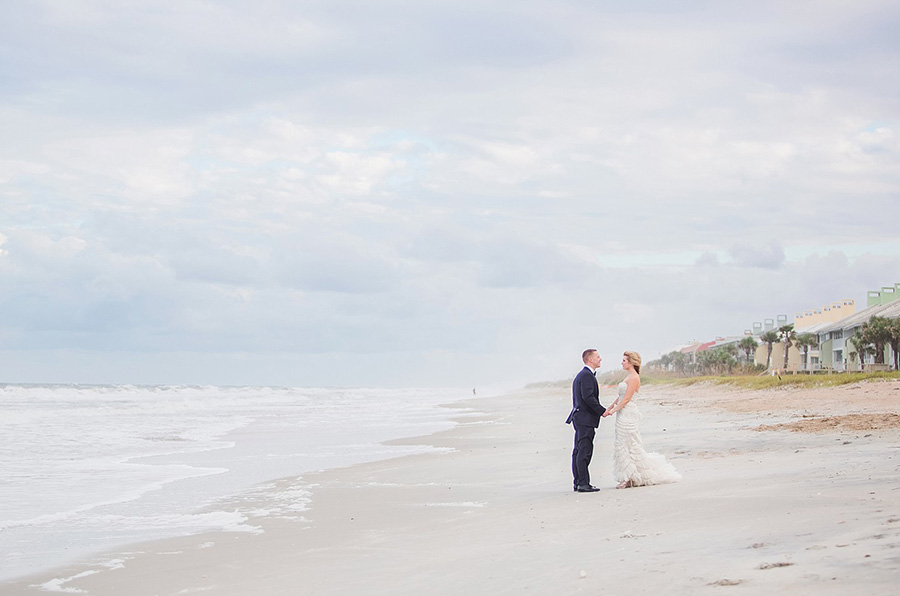
What Should I Name My Images for SEO?
One of my wedding planner clients was working on a blog post this week that included some great images for Valentine’s Day.
Before she uploaded them, she checked with me first: “Hey, can you tell me what I should name these?”
Great question!
This is something that I see abused often, as there is a lot of old information out there about using image naming “tricks” to improve your search engine visibility (like “name every image on your site ‘wedding-photographer-Scottsdale.jpg’!”).
Let’s debunk those myths for today’s SEO and make sure you are avoiding spammy image naming.
In this Post
Google’s Advice for Image Names
First of all, it’s important to know that this information isn’t just my idea—It comes straight from Google. In Google’s Search Engine Optimization Starter Guide, they say:
Like many of the other parts of the page targeted for optimization, filenames are best when they’re short, but descriptive.
Google recommends avoiding writing extremely lengthy filenames and avoiding copy/pasting entire sentences.
So what does that mean for images for wedding professionals? Here are my guidelines.
4 Guidelines for Image Naming for SEO
Keep Your Image Filename Relevant
The number one guideline I preach for image naming is to ask yourself: “What does this image actually show?”
The image filename should be relevant to what is actually in the image. Is it a wedding reception? Flowers? Tablescape? Family portrait? Then that should be involved in the image name.
That means no irrelevant keyword stuffing. More on that:
No Keyword Stuffing
Here’s the worst mistake I see most wedding professionals make with image naming: they think images are an opportunity to stuff in keywords.
Their image names become keyword bombs in an effort to get the website or image to rank in search.
I once took over a website where the prior provider had been naming images ridiculous things. They’d take an image of a wedding reception and name it something like “best-wedding-planner-minneapolis-gold-white-wedding-reception-at-golfview-country-club.jpg.”
This is bad.
Google says straight out that image names should be short and not contain unnecessary keywords. To Google, this image looks like spam.
But what about that advice about using my target keyword?
I do want to address all the information out there that suggests you should name all of your images with your main focus keyword, i.e. “wedding-photographer-Scottsdale.jpg.”
This actually did work and help with rankings 7+ years ago. Google is getting smarter, though, and knows that not every one of your photos can possibly be showing a wedding photographer working in Scottsdale. This is now considered to be gaming the system and should be avoided.
Keep It Short
Try to keep image names to 5 words or fewer. If your image name is getting into 6-7+ word territory, you’re probably keyword stuffing. Dial it back.
Separate Words with Hyphens
On the technical side, separate words in image names with hyphens. This helps search engines to be able to read and understand the image names better.
For example, if your image name is “whitegoldweddingreception.jpg” Google may not be able to separate the words and understand the image name. “White-gold-wedding-reception.jpg” is a better choice.
Examples of Good and Bad Image Names for SEO
Need some examples to see what I mean by those guidelines? I got you.
Bad Image Names for SEO:
These types of image names should be avoided:
- IMG6980.jpg (not descriptive)
- ScottandJoelle35.jpg (not descriptive)
- Wedding-photographer-Scottsdale.jpg (keyword stuffing, unless it is a photo of you working in Scottsdale… then maybe I’ll let it slide)
Good and Bad Image Name Examples

- Good image name: wedding-party-giant-balloons.jpg
- Bad image name: Columbus-wedding-photographer.jpg

- Good image name: bride-groom-beach-Panama-City.jpg
- Bad image name: Jim-Melissa-128.jpg
Ain’t Nobody Got Time for That!
I get it, naming every single image with a unique, descriptive name sounds crazy when you’re uploading 40 images to a wedding blog post.
While I’d absolutely recommend you do it (and give you brownies and SEO bonus points), I know you may not have time.
In that case, name a few of the best images with unique, descriptive filenames. Then, go ahead and name the rest with a filename unique to this wedding and a number (“Bill-Joanna-wedding-01.jpg”). Those images aren’t likely to help your search engine rankings but won’t hurt either.
PS: Don’t miss my advice on good image alt text for the best-optimized images for SEO!

The SEO Basics Guide for Wedding Professionals
Get instant access to my top SEO tips, including only what's working right now.

Every creative wedding pro needs a geeky best friend. Let me help you and your work get found online.
I agree that naming a bunch of photo’s can seem a little tedious, but it truly is a valuable practice as far as SEO goes. I even find it has been useful to geotag specific images that are particular to a geographic location, or if the website they are going onto is locally focused.
Thanks for sharing.
Awesome, thanks!
Sara: Thank you for this information. I was looking for it! The answer I need now is what is the best practice of naming a batch of images for a client to be used on their website or blog, and the images are basically different poses of the client? Is it a Google “no-no” to name them: “jane-smith-business-coach-1″, jane-smith-business-coach-2”, etc?
Great question, Suzanne! I see you do headshot photography. If all (or most) of the images are of Jane Smith, who is a business coach, then batch naming them as you detailed is totally fine. What would be a no-no (for keyword stuffing) on your site would be batch naming them “headshot-photographer-san-antonio-tx-1.jpg” etc. Does that help?
Thanks for a great article. So if I understand well, it is better to give specific names to each image. Regarding blog article, just give a specific name to a few but do not batch name them as it would be keyword stuffing? (right?). And how about the name of your photography business? You do not seem to advise to use it in naming images?
Hi Catherine, for blogs, you can feel free to batch name them something that is pretty generic, like using the couple’s names “ben-claire-wedding-1.jpg” etc. Then give descriptive names to a few of them.
I generally do not include the name of the photography business in the image filenames, as that tends to make the filenames very long.
Sara,
This is a fantastic post and gives a great summary of the information I am looking for!
I love your writing style and tone in the article, it is an absolute pleasure to read.
Also, you quite clearly know what you are doing, my search for “image file name seo” delivered this article to the top of Page One even though my use of images at work today is for a website in a completely different industry to yours lol!
Thank you and best wishes
Hey thanks Brockney! I am glad the advice was useful for you even if you’re not a wedding pro 🙂
Thanks for the informational post. Do you have to mirror ALT text with image name?
You’re welcome! Since both image name and alt text should describe what is shown in the image, I do often write similar information for both.
Hi Sara,
Thank you for the information, is really valuable.
I wonder, does this apply to Social Media? Is important to name images and videos this way for Facebook and Instagram too?
Ill remain attentive to your comments.
Hi Jessica, Facebook and Instagram seem to change image names to their own naming system on upload, so optimizing filenames is less important for these social media sites. I’d put the effort into optimizing them before uploading to your own website.
Cheers,
Sara
Excellent post. Thank you for clarifying this important information. I specifically wanted current information on hyphens/dashes and number of words in description, and you nailed it! Thanks again.
Glad this helped, Jana!
Thoughts on using same image twice on a website? Different pages – for example a blog post on restaurant painting (about a specific project) and a static page on restaurant painting (more general information)
Think it is ok to use same image on both pages but with different file name
/alt text?
Yes, Ryan, it’s totally OK to use the same image twice on your website if it provides value in both places. If you’re on WordPress, you could even just select the same image from the Media Library. No need to re-name or re-upload, though it won’t hurt.
Hello Sara,
First of all, very nice article!
I have a question regarding images for different devices. On my website I use the same image but at a different resolution for desktops, tablets and mobile devices respectively, and then hiding the ones that do not apply to that device. How should I go about naming them? Right now I am doing that by naming them for example “Main-logo-” (with the device type being one of the aforementioned).
Is this a good practice? Or should I name them differently?
Thank you in advance!
I see that certain characters are not allowed in the comments, I meant to say
Right now I am doing that by naming them for example “Main-logo-(device type)” with the device type being one of the aforementioned.
Apologies for the inconvenience.
I’m so happy I found you! You are a sweet soul to share this information with all of us. Thank you. I haven’t really done any SEO with my images……EEEK. I’m not sure if I should add keywords to the images in my blog image library or open every blog post and edit each image. Would love to know your thoughts.
Hugs!
P.S> my blog is Katherines Corner dot com
Hi Katherine, It looks like you are on WordPress. File names cannot be changed after they have been uploaded. You would have to upload and replace the images in your pages / posts. While it would be wonderful if all of your images had descriptive names, it would be good for SEO even if only 3-5 images have descriptive names.
I use a plugin called ‘Media File Renamer’ on WordPress. The basic version is free and allows you to easily change the file names and alt tags etc. individually or by batch. So easy!
If there are multiple similar images- like a bride portrait and I have a similar portrait for many different brides in different galleries but on the same site, can they all have the same filename? (wedding-portrait-bride.jpg for example) Or am I better off using different ideas like adding a number afterward, rearranging words, etc?
There are always ways to make the photo names more unique. bride-holding-bouquet-at-venue-name.jpg, bride-with-pink-rose-bouquet.jpg, bride-on-white-chiavari-chair.jpg, bride-at-alter-at-church-name.jpg. It takes more work to be creative, but Google loves it!
HI,
Thanks for such a informative article. You helped me to resolve most of my queries. Still couple of pending, I need to know. I am into FMCG products. (perfumes)
A- Should I name images as my product name – (ABC perfume)
B- Name it as category to be visible on general category search (eg.high quality luxury perfumes)
C- As competitor product (to be visible when someone searched them) (Mercedes perfumes)
Hi Augustine, I recommend image names that describe what’s shown in the image. So if it shows the product, you could certainly include the product name or a descriptive phrase like “high-quality-luxury-perfume.jpg”. Just make sure to vary the names and not use the same filename for every image. I would not recommend using your competitor’s product name.
Hi, very helpful information, thank you. I have a couple questions- when I name a photo should I put on an end -jpg. ?
And each word should start with Capital letter?
For example: Big-Greek-Wedding-jpg. Is it correct?
.jpg is the file type; it follows a dot at the end of the file name and shouldn’t be changed when you name an image. Capitalization doesn’t matter to Google.
Hello Sara,
Thank you for your very informative article. One question… is it a bad idea to include copyright info (including the ‘©’ sign) in the file name? So far I have used variations of filename_by_my_name.jpg but now I’m not so sure.
Thank you very much, Michael
Hey Michael, the problem with including the photographer’s name or image owner is that the filename starts to get really long. If it’s important to you, you can include it at the end (after the descriptive text), but I do not tend to.
Thank you very much Sara! Apologies for my late response.
Thank you for all your resources! So we should do image text (with dashes) AND alt text (no dashes?). I was thinking it was redundant to do both.
You should absolutely do both for the best image SEO! And you’re right, image filenames should have words separated by dashes. Alt text is written like a readable phrase, with words separated by spaces.
Fabulous article – exactly what I was looking for. Question – I have a bunch of images in my media library (wordpress) already. Should I go and update the alt text for each image? (There is currently nothing!) Will it update for google? Or should I just start doing it every time I add a new image?
Hi Sara, I spend quite a lot of time optimising my site and images. I particularly work on producing quality ‘guuies to photography’ for venues I enjoy working in. This in turn attracts new clients looking for examples of images taken there.
So my typical image title might be something like, ‘chelsea-register-office-wedding-confetti. But the fact that most of the images (40+) are there to illustrate the venue, means that usually, the venue name appears in the image. Do you think Google will see that as spammy, or natural, as most of the text features venue info?
Thanks – great site by the way!
Venue guides are such a great idea! It’s OK to have the venue name in the image filenames, since that does describe what’s shown in the image. I’d recommend customizing at least 5 of the image filenames to be more descriptive, though, so they’re not all the same.
Thanks a lot for the post. I have to be honest that I might need to review my images and check wether I have stuffed them a little with keywords.
So thanks for adding to my knowledge on the topic.
I’d recommend reviewing your images on your main pages and making sure the filenames and alt text are descriptive!
Thanks 👌🎯
Thank you for this article! I have one question though. If I am creating a site for a service provider and there are multiple photos of them on the site, how would I name them? “their-name-of-their-business-name”? and can I name them all the same? Or is that key word stuffing since it has their name and business name? Or should I name them “tina-marie-on-laptop” for instance?
Hi Sara. I have a ton of b&a images on this website and labeled them concrete-cleaning-service-after-1.jpg, concrete-cleaning-service-after-2.jpg, concrete-cleaning-service-after-3.jpg, etc.
Would this be considered stuffing??
Or, should I tried to describe each one even though they look very similar?
Nuria, I would definitely try to vary your image filenames more than that. concrete-cleaning-sidewalk.jpg, concrete-patio-after-cleaning.jpg, etc. You could possibly get found for more specific searches if they weren’t all named the same thing.
Thank you Sara!!!
While I don’t specialize in product or e-commerce SEO (you might search for some specific articles on image SEO for e-commerce!), I do like this plan! It is great that you are describing the product and adding a few descriptive words to each image.